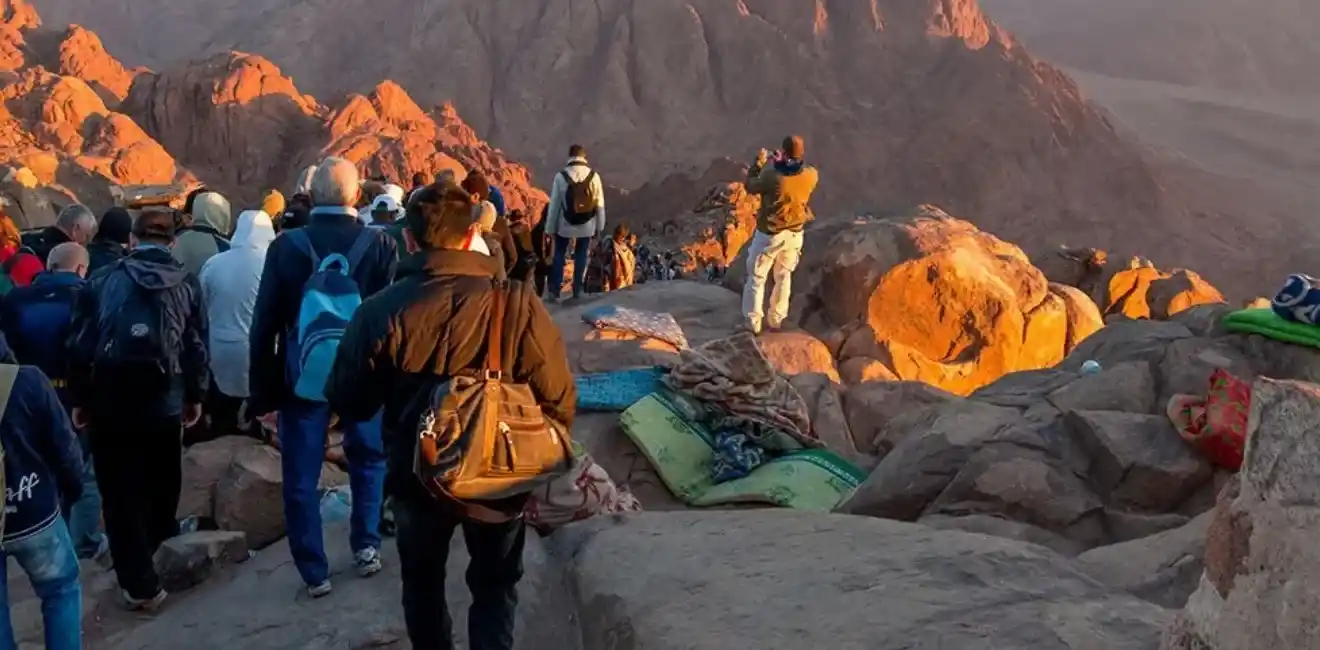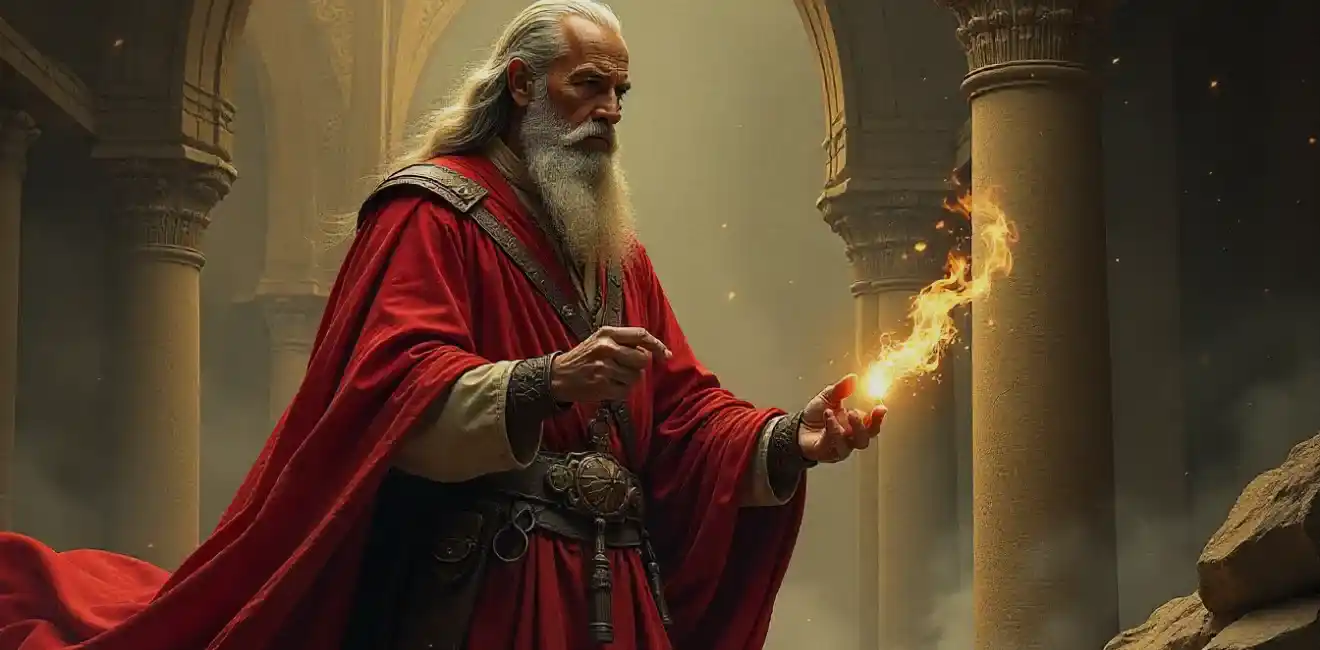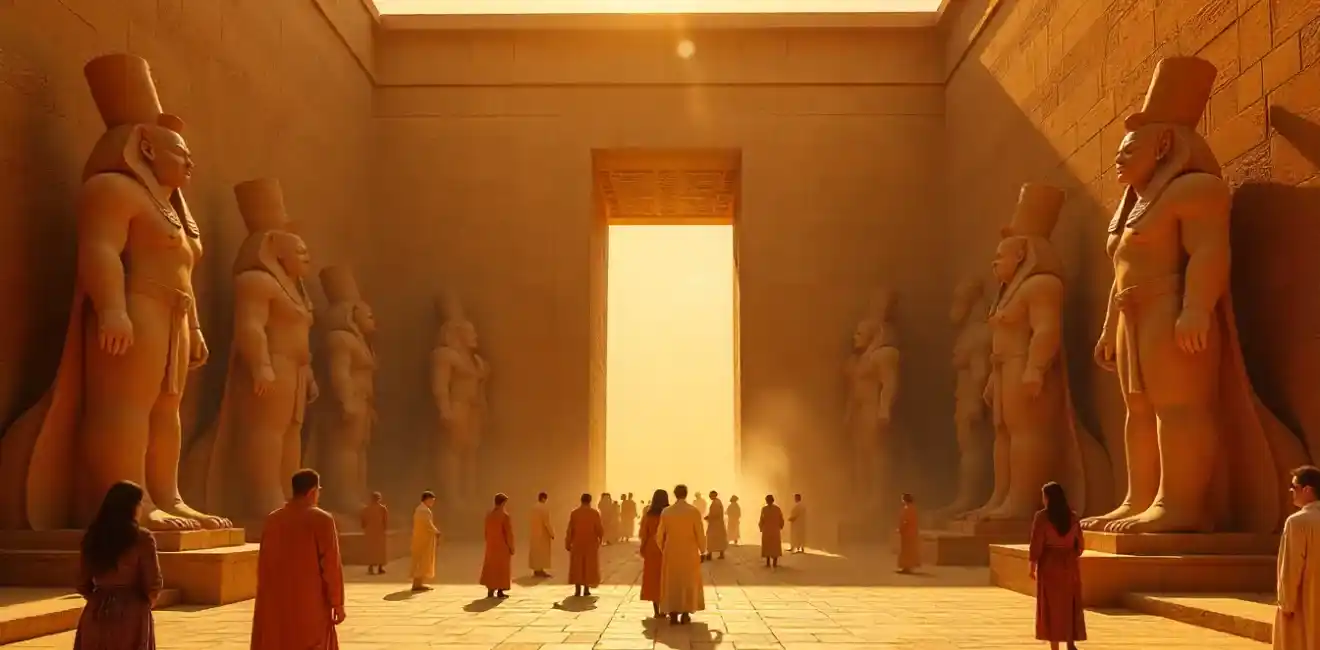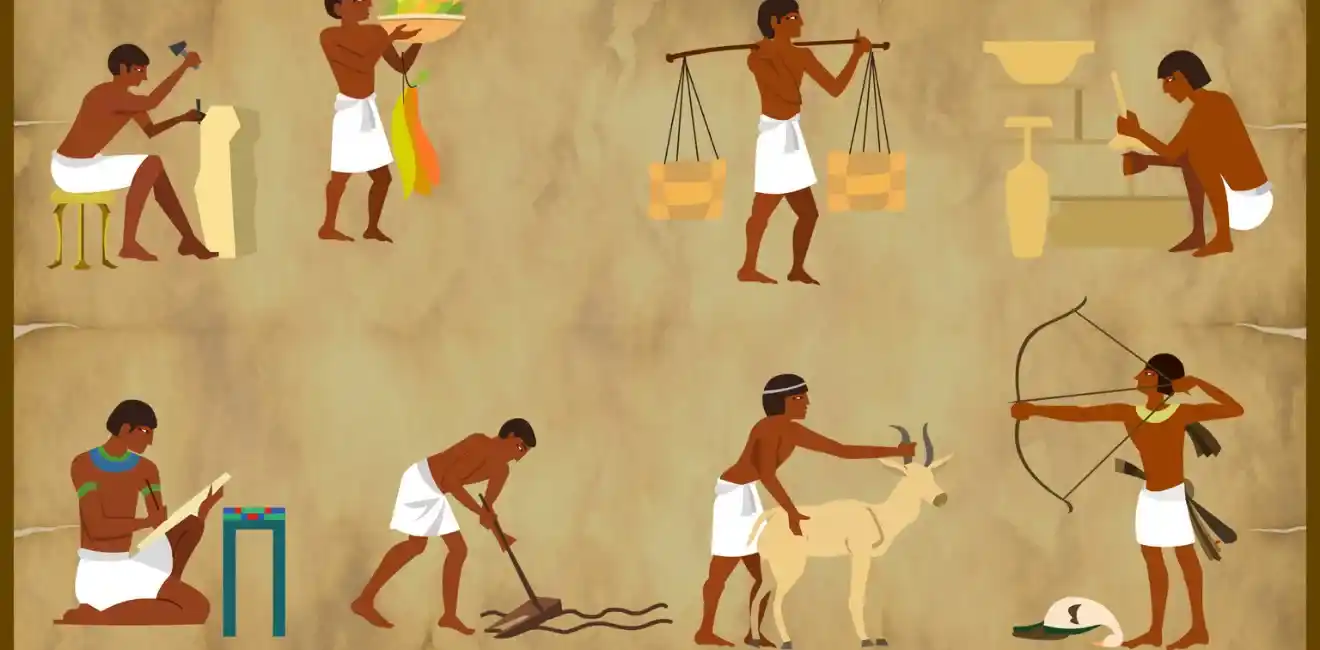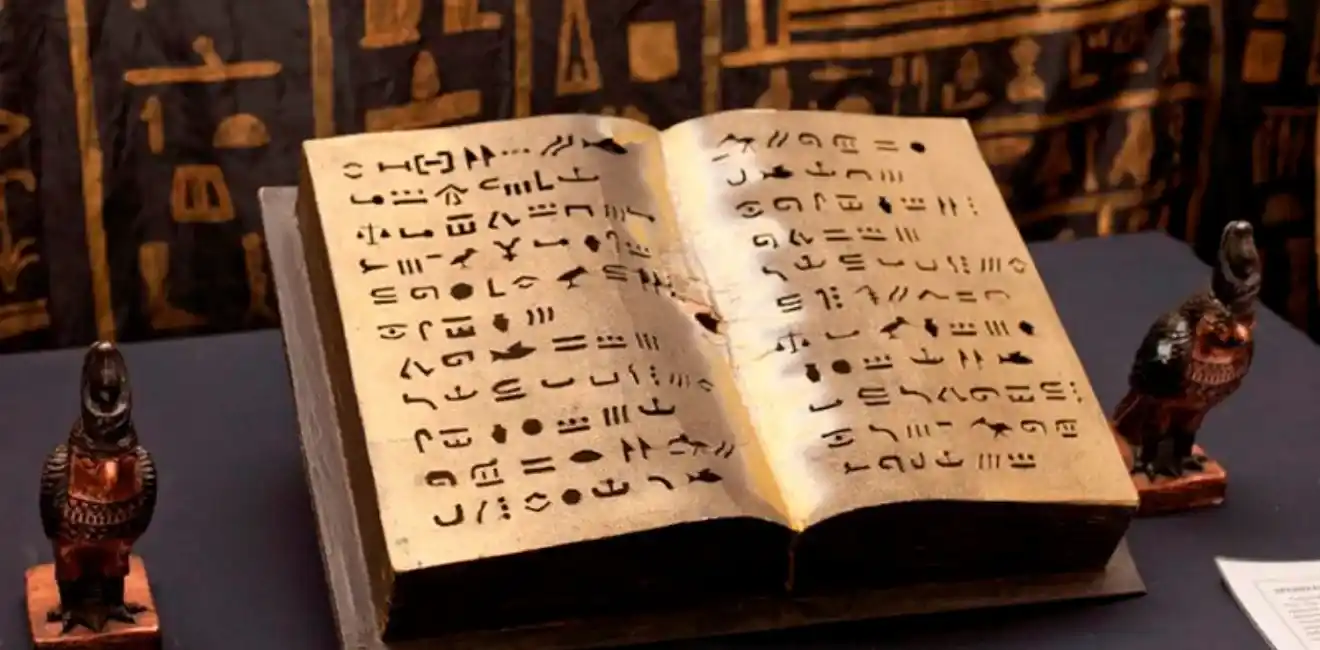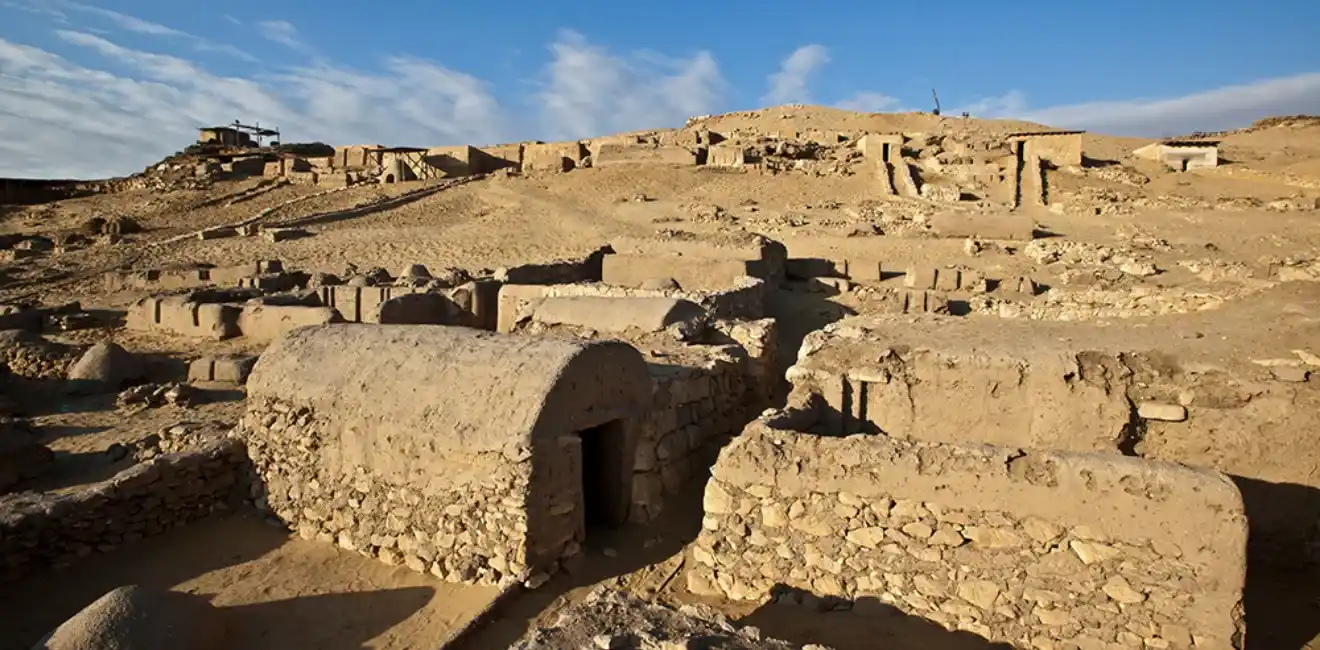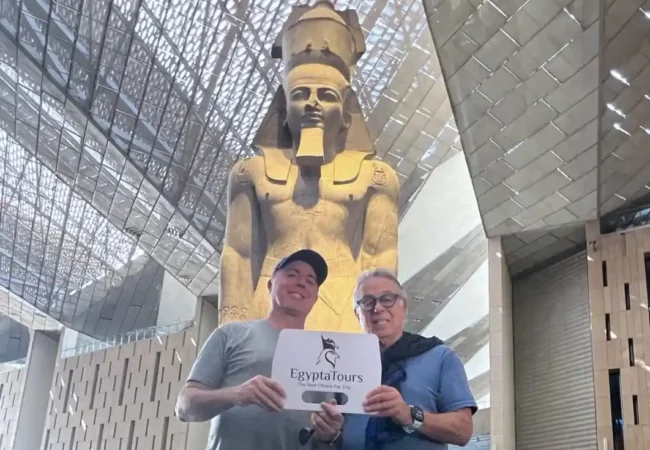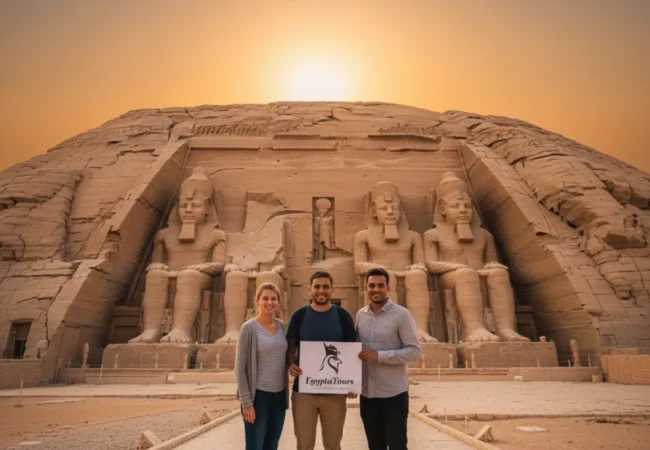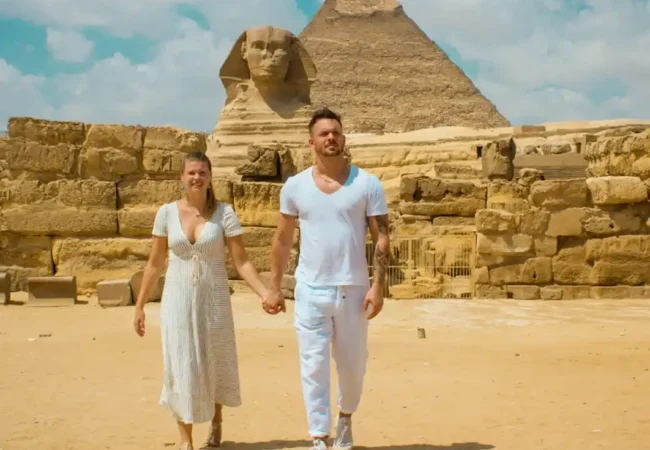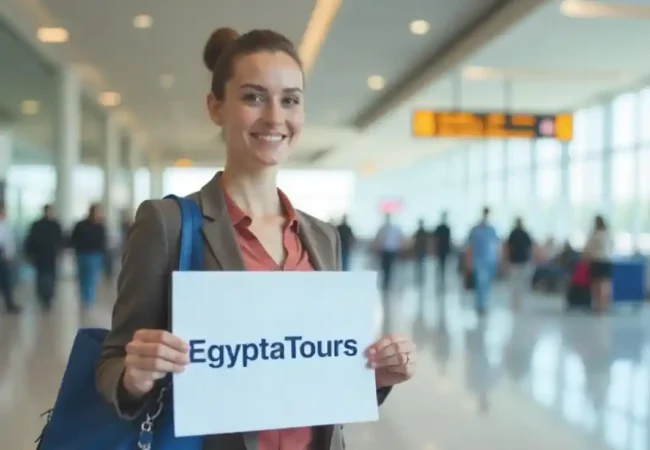The grandeur of Ancient Egyptian civilization continues to echo through the ages, captivating hearts and inspiring imaginations around the world. For more than 5,000 years, Egypt stood as the birthplace of knowledge pioneering advancements in art, architecture, science, and culture that shaped human history.
Along the life-giving Nile River, this civilization flourished, building unity, prosperity, and a legacy of brilliance that still shines today. From the creation of monumental temples to the establishment of order and governance, Egypt became a symbol of progress and ingenuity.
Since its founding, EgyptaTours has carried forward the mission of preserving and celebrating this extraordinary heritage. As a leading travel company in Egypt, it offers explorers from every corner of the globe the chance to experience the wonders of the ancient world from the Pyramids of Giza to the timeless treasures of Luxor and beyond. Recognized for excellence in service, safety, and authenticity, EgyptaTours continues to inspire travelers to walk in the footsteps of the pharaohs.
Browse our curated categories below and embark on a journey through Egypt’s enduring story where ancient splendor meets modern exploration.
Explore Your Topic By:
Posts about Egypt Civilization
The Most Selected Egypt Tour Packages
Starting From: $290
$290TAXES INCL/PERS
Starting From: $1025
$1,025TAXES INCL/PERS
Starting From: $1150
$1,150TAXES INCL/PERS
Starting From: $35
$35TAXES INCL/PERS
Starting From: $1120
$1,119TAXES INCL/PERS
Starting From: $1340
$1,340TAXES INCL/PERS
What They Are Say!
5 Days Cairo and Alexandria Tour
I want to thank you for assisting us on our trip as our tour guide. Aside from being an excellent and informative guide we enjoyed being with him. He made our trip interesting and exciting. This is a vacation that we will talk about for many years to come. Thank You Ahmed Gamal.
Deborah Nicolas
9 Days Cairo, Luxor & Hurghada Tour Package
I highly recommend Egyptatours, if you are planning to travel to Egypt, the tour guides were extremely patient and they have a great knowledge.
Emma N
6 Days Cairo and Sahara Tour
Love Egypt!!!! Thank you, Walaa, for being our tour guide and for an incredible trip! Your stories and descriptions of the sites, and the land, and the history was phenomenal. We learned so much from you. To anyone planning on travelling to Egypt I highly recommend contacting EgyptaTours.
Daniel Scoot
15 Days Family Tour in Egypt
We had an amazing time exploring Egypt with EgyptaTours. I loved everything about the trip from the excellent organization. great food and amazing sights on safari. Our guides spoke excellent English and were so knowledgeable about Egypt. The hotels were excellent and I would not hesitate to recommend EgyptaTours.
Daney M
Frequently Asked Questions
Our Partners










